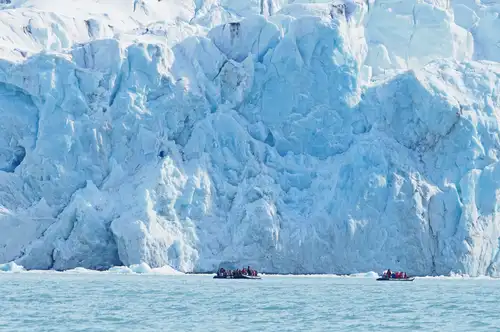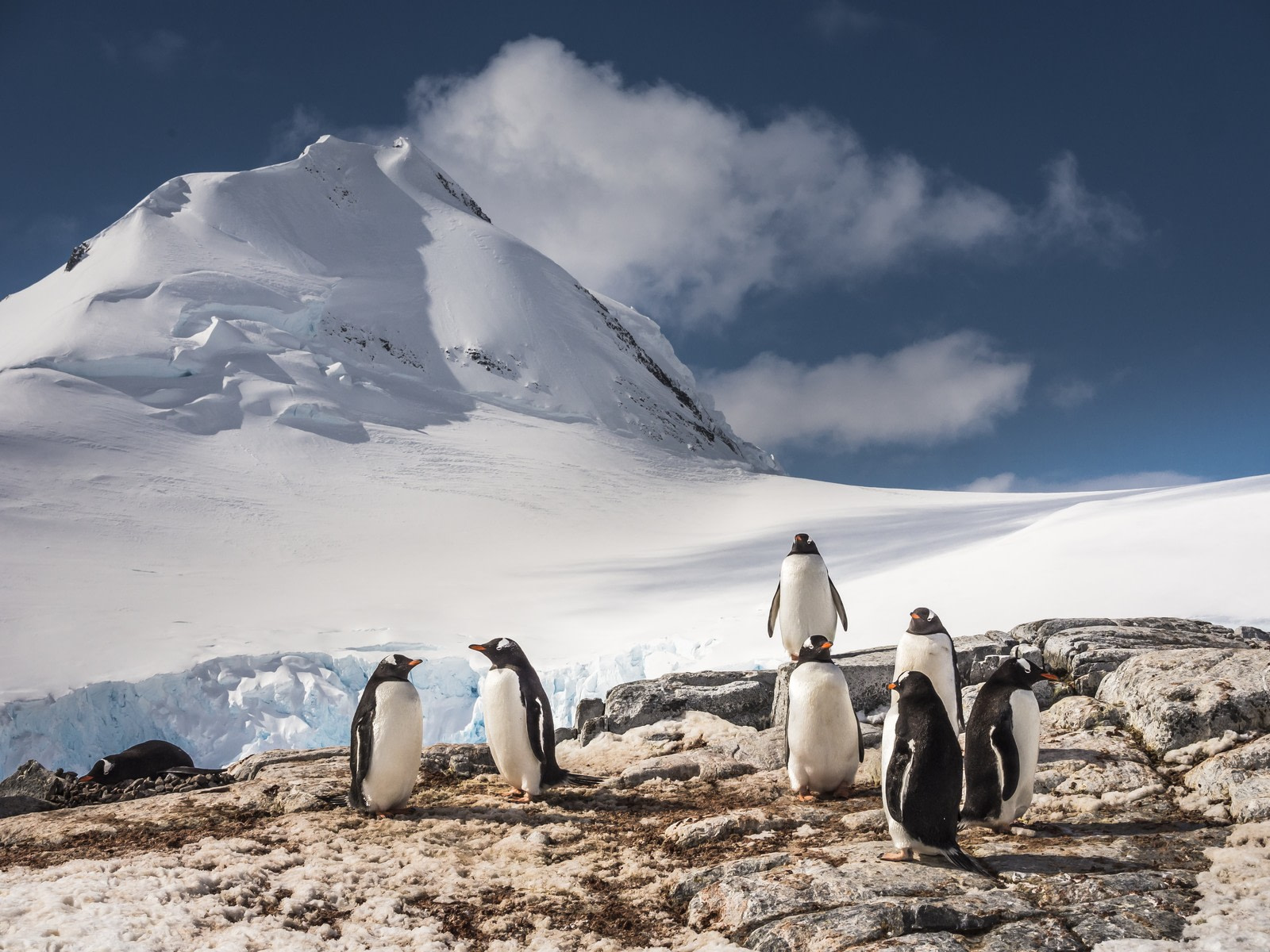Why write about what you won't find in Antarctica? Most travel blogs highlight what a destination offers, but many polar tourists visit Antarctica to experience a new world and escape their old one.
If that resonates with you, you're in luck. This article provides a detailed account of the modern conventions you'll leave behind if you ever embark on a trip to Antarctica. And we sincerely hope you do.
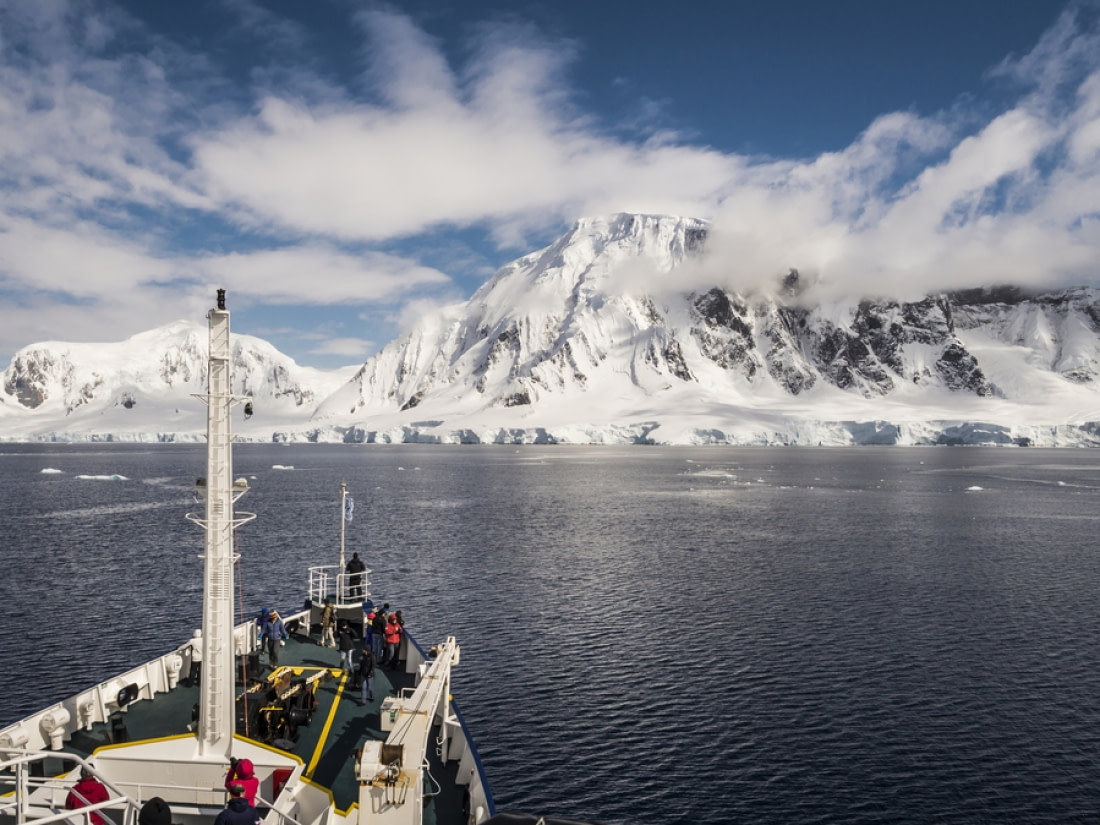
1. Antarctica cities
One of the main reasons adventurers seek remote locations is to escape city life. Luckily for polar enthusiasts, Antarctica has no cities—only research stations.
Dozens of research stations, some operational year-round and others seasonal, are managed by around 30 countries. These include Esperanza, McMurdo, Cámara, Neumayer II and III, and Orcadas, among others. These stations host between 1,000 to 4,000 people during winter and summer, respectively.
The countries running these stations are signatories of the Antarctic Treaty, which regulates their activities on the continent. This high-science, low-urban environment means city lovers will find it easier to locate a petri dish than a pizza delivery service in Antarctica.
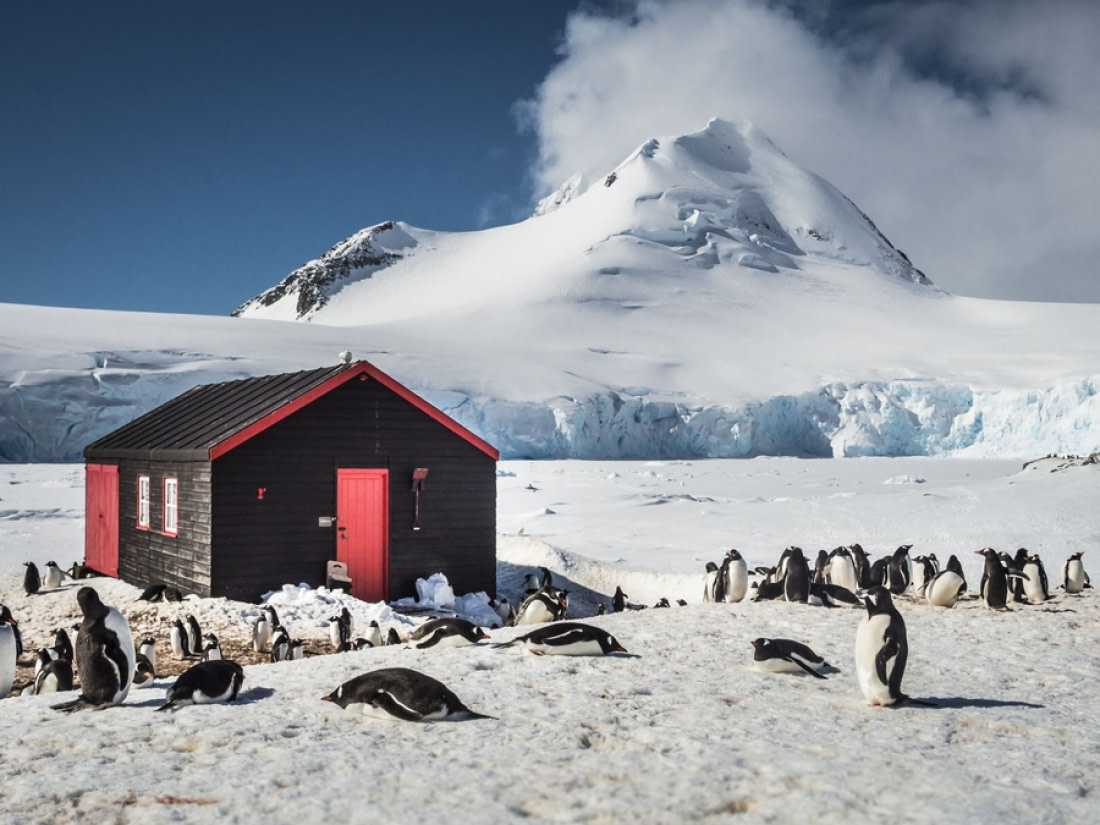
2. The countries of Antarctica
Without cities, there's no need for countries. Antarctica hosts numerous stations managed by various nations, but no single country claims the entire continent. This wasn't always the case.
Over the years, several regions and islands in Antarctica have been claimed by Spanish, British, Norwegian, American, German, Soviet, French, Chilean, and Argentine governments. Efforts to reach an agreement between these governments culminated in the Antarctic Treaty of 1959, aimed at preventing international conflict.
When the treaty took effect in 1961, it established Antarctica as a scientific preserve, free from military activity. A commendable example for the rest of the world.
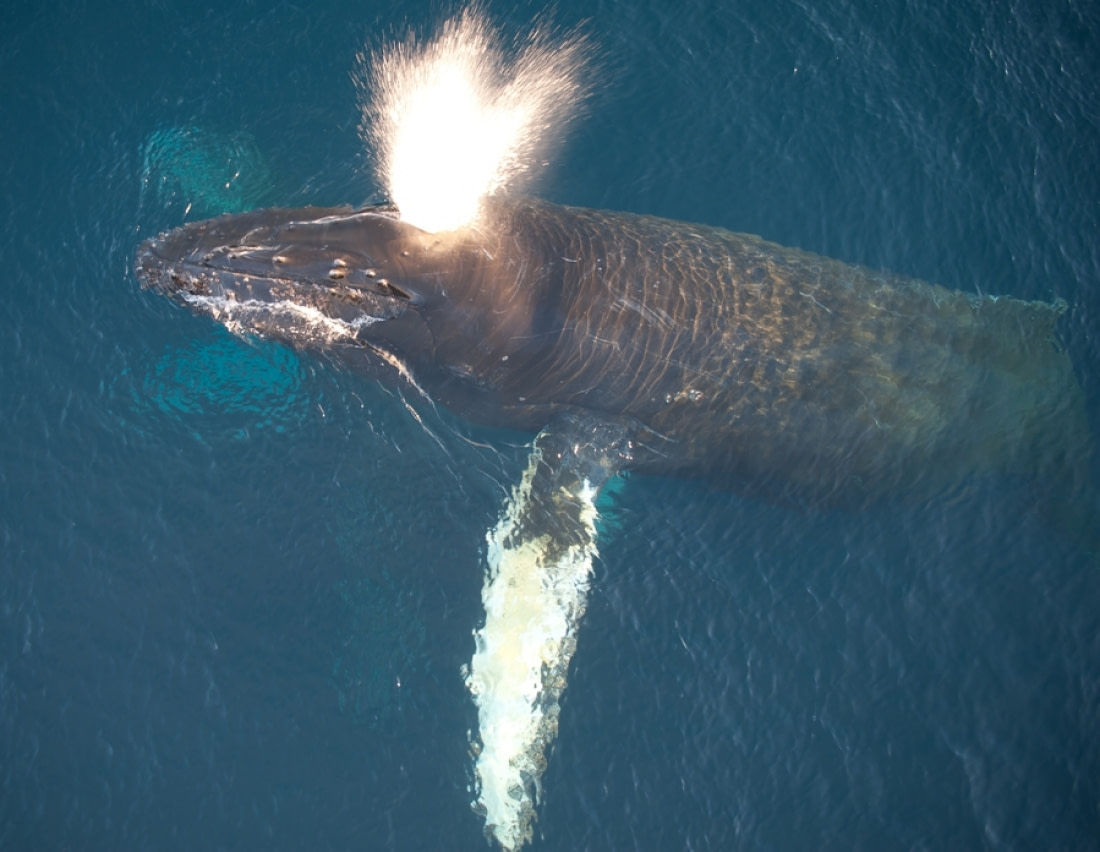
3. Antarctica capital
By "capital," we don't mean money, which works in Antarctica as it does elsewhere (unless you encounter a polar bear, in which case exact change is advisable). We mean an urban capital, which Antarctica, as a geographic rather than political entity, doesn't need.
For Antarctic travelers, this means your time in the world's largest polar desert will bring you closer to the planet's most primal elements. In Antarctica, natural boundaries of water, earth, and ice define the landscape.
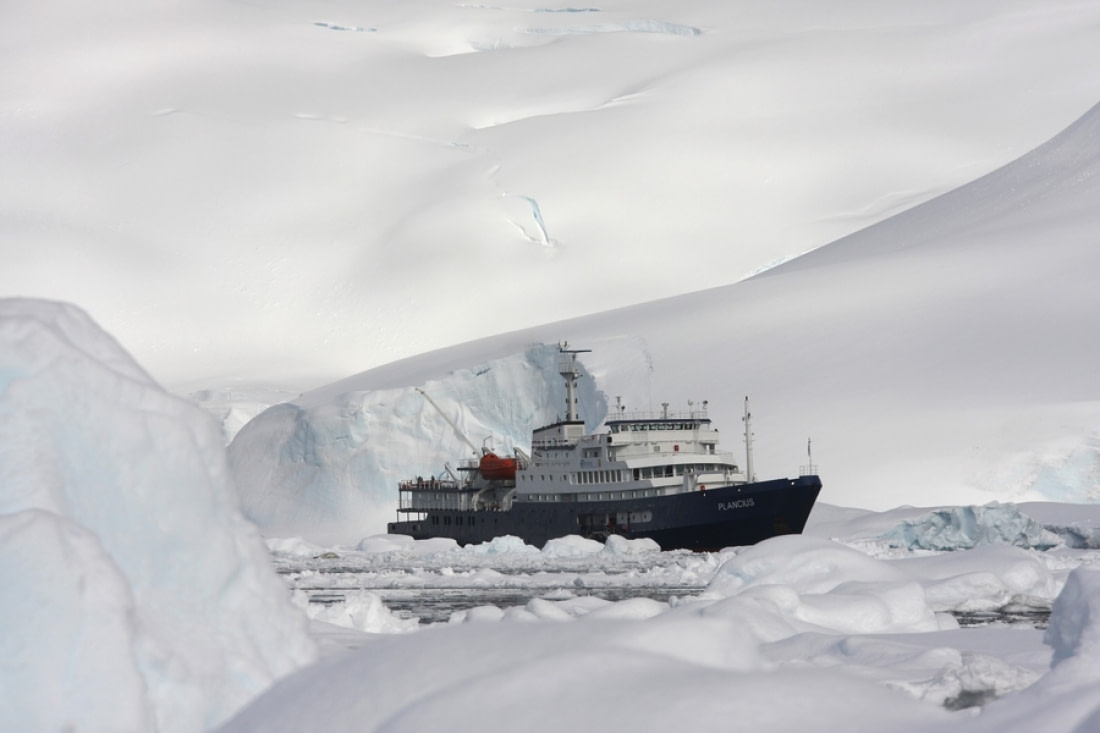
4. An indigenous (human) population
Wild places often have indigenous human populations, but not Antarctica. It wasn't until long after the continent separated from Gondwanaland, breaking off from South America and Australasia, that anything resembling Homo sapiens appeared on Earth.
While you won't experience this aspect of Antarctica tangibly, you can certainly feel it. Camp under the Antarctic stars or listen to the wind over miles of unbroken snow, and you'll sense the difference between Antarctica and anywhere else you've been.
The only indigenous populations in Antarctica have flippers, fins, or wings, and they couldn't care less about data roaming.
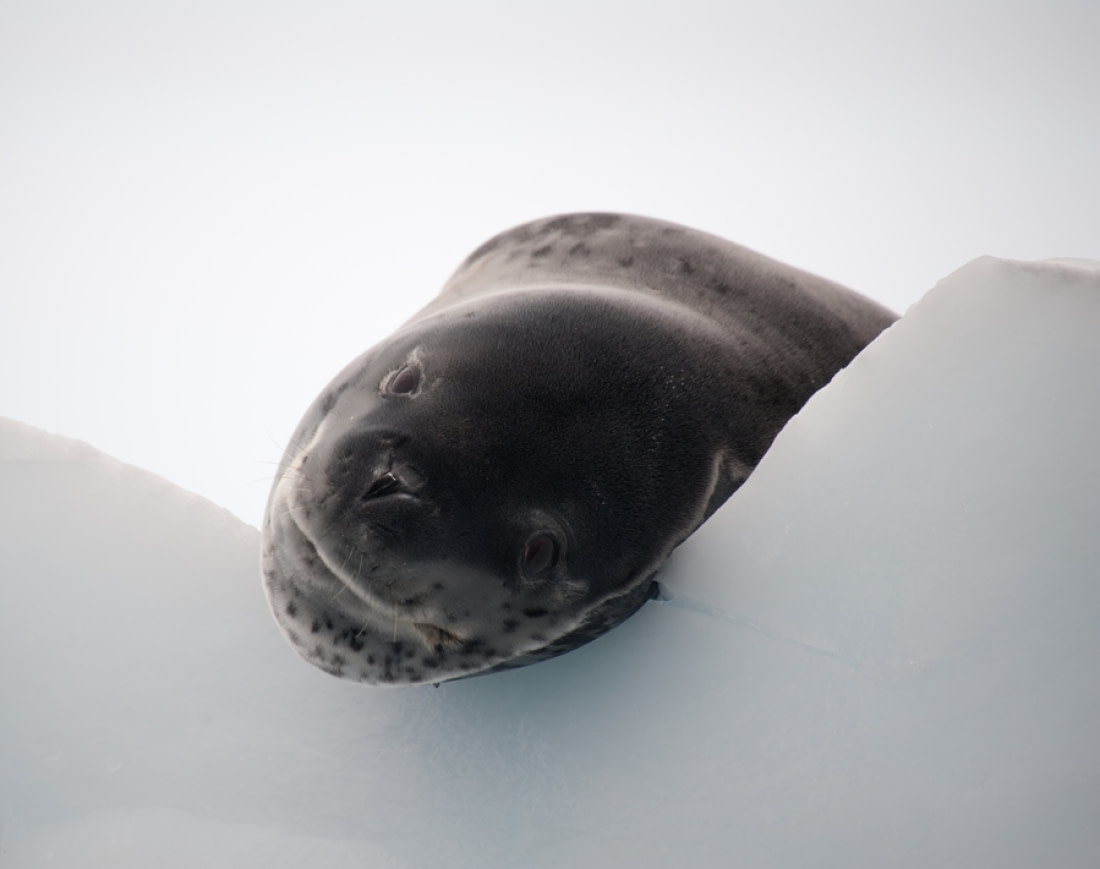
5. Flights to Antarctica
While commercial flights to Antarctica exist, their rarity justifies their inclusion on this list. Most air traffic involves non-civilian planes and helicopters using airstrips and helipads at various research stations.
These landing facilities are basic, with gravel runways, and planes must be equipped for snow and ice. Most landings occur in summer when conditions are more favorable.
Your best bet for traveling to Antarctica is to fly to Ushuaia, a small tourist town at the southern tip of Argentina, and then continue your journey by ship. Most tour operators offering expeditions to South Georgia, the Falklands, or Antarctica depart from Ushuaia.
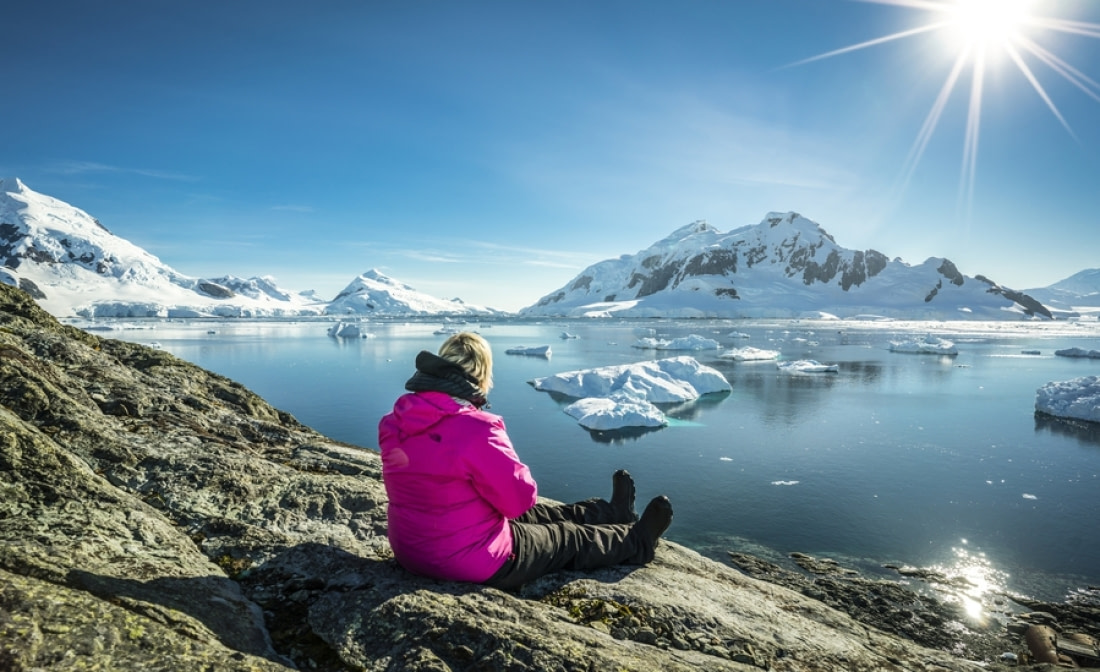
6. Antarctica news reporting stations
Although there are no news reporting stations in Antarctica, the continent generates significant international news. Its research stations make important scientific discoveries, especially regarding climate change.
Findings such as ice recession rates and glacial calving provide insights into the extent of human-caused versus cyclical temperature changes. Research into Antarctica's ice cores and atmosphere continues to lead climate science.
The scientific work in Antarctica is likely to remain invaluable to our rapidly warming planet.
Blog


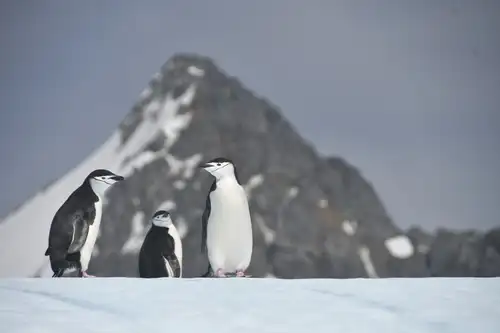
11 South Orkney Animals: Whales, Seabirds, and Penguins Aplenty
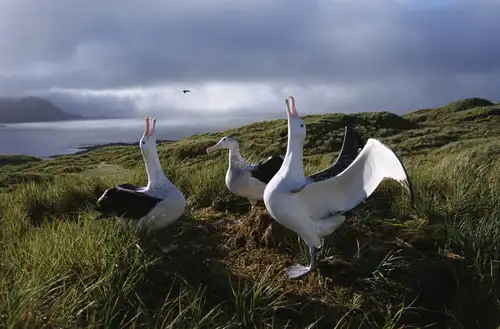
Albatross, penguin and krill research in Antarctica
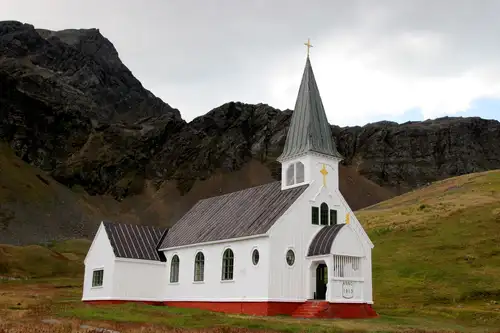
Churches in Antarctica
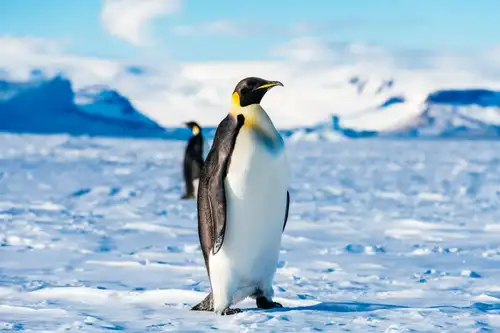
Penguins, Petrels, and Prions: Top Antarctica Bird Tour Spots
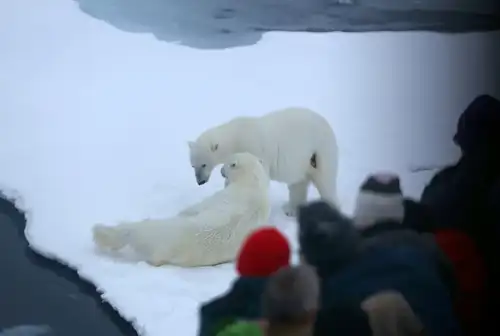
The Pack Ice and Polar Bears of North Spitsbergen

Top Antarctica Cruise Experiences for 2025

The Overlooked Treasures of Ascension Island
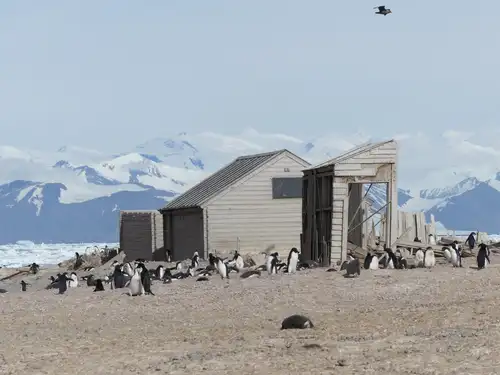
The First Buildings in Antarctica: Borchgrevink’s Historic Huts
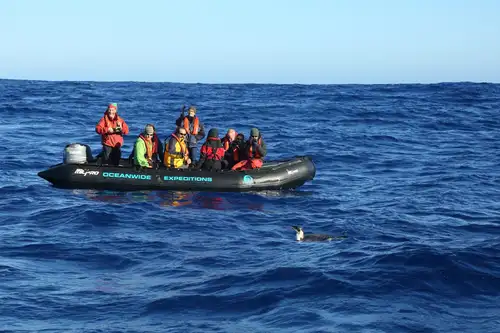
The Emperor Penguin of the Drake Passage

The Ice-Jewelled Geology of Spitsbergen
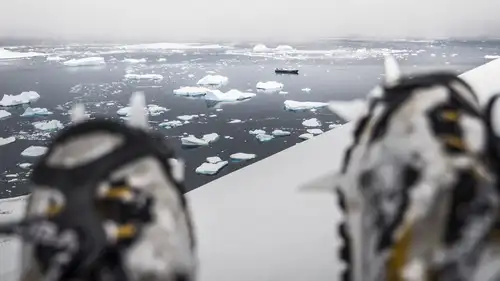
Arctic and Antarctic Basecamp Cruises – Choose Your Own Adventure
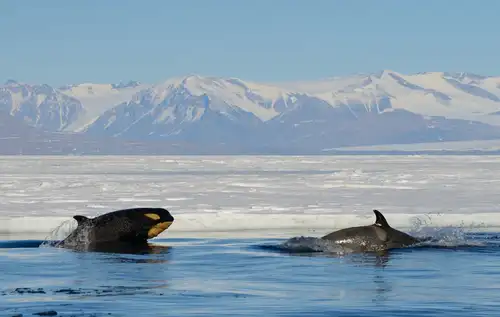
Orcas (aka Killer Whales) of Antarctica and the sub-Antarctic
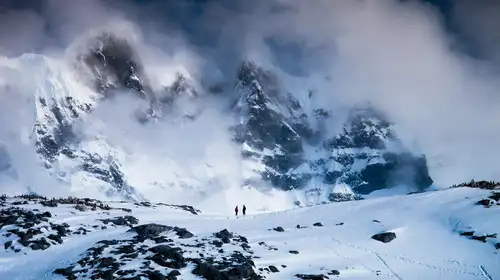
Eight Antarctic Misconceptions

Orcas of the Polar Seas

Islands of the Blessed: Things to Do Around Cape Verde
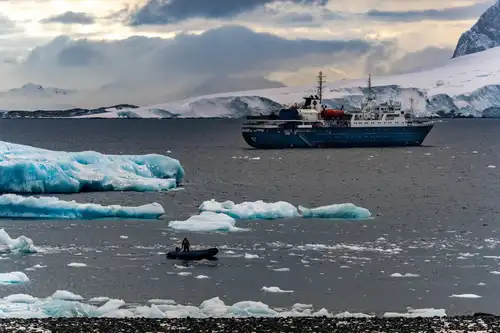
The Seasons of Antarctica: When to Visit and Why
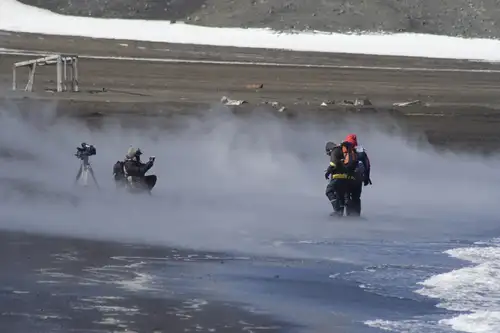
Deception Island deceptively active
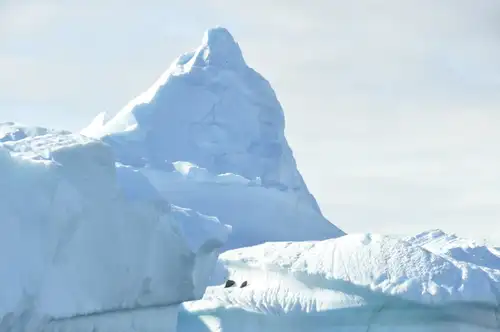
Life migrating through the Polar Front

Polar Cuisine in Pictures
